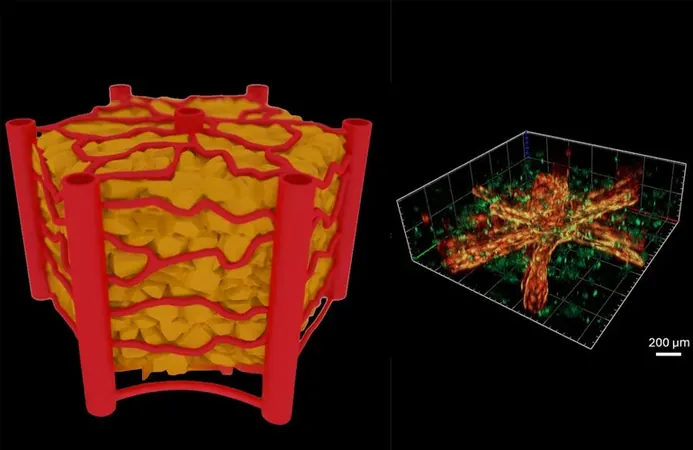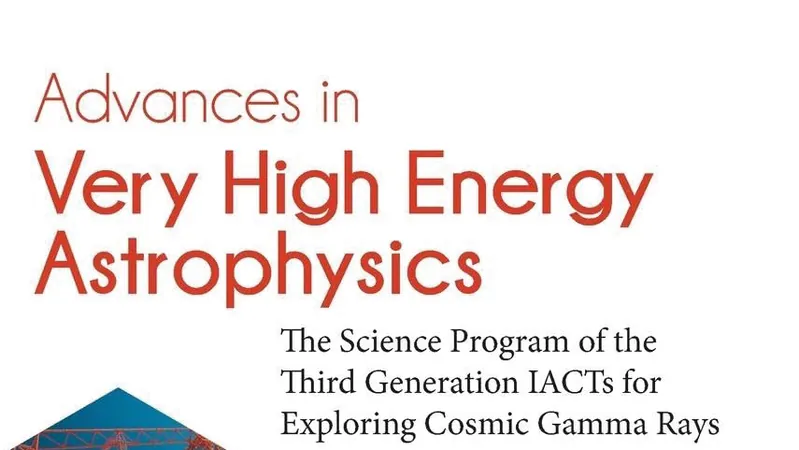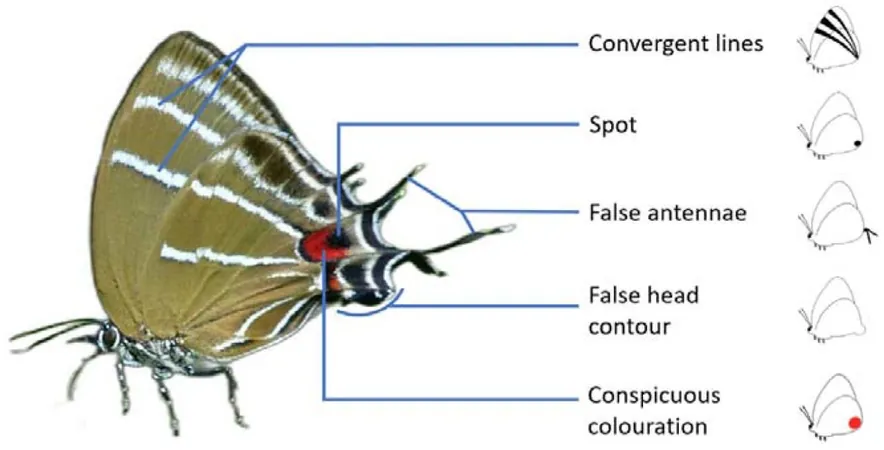
Breakthrough in Lab-Grown Livers: Scientists Create Life-like Blood Vessels!
2025-06-03
Author: Wei Ling
Revolutionizing Organ Models with Blood Vessels
A groundbreaking collaboration between scientists at TU Wien in Austria and Keio University in Japan has led to a game-changing advancement: the creation of artificial blood vessels within lab-grown liver tissue. This innovative method could redefine how we model organ behavior and test new drugs, presenting an opportunity to replicate the intricate networks of human vascular systems.
Overcoming Biological Complexity with Technology
While organs-on-a-chip have emerged as a promising alternative to animal testing, mimicking the complexity of human vasculature has been a major hurdle. The researchers have ingeniously employed ultrashort femtosecond laser pulses to carve out precise 3D channels in a hydrogel, a supportive material that nourishes living cells and facilitates waste removal.
Living Vessels: A Natural Response to Inflammation
These laser-etched channels are quickly populated by endothelial cells—the same cells that line blood vessels in our bodies. Remarkably, these artificial vessels respond to inflammation just like their natural counterparts, becoming more permeable as a result. Alice Salvadori from TU Wien’s 3D Printing and Biofabrication research group expressed excitement about their findings, stating, "These artificial blood vessels exhibit behavior akin to real ones in the body."
A Leap Forward in Liver Tissue Engineering
The research team put their technique to the test by constructing a liver model chip that featured an intricate vascular network, mirroring the liver's architecture in a living organism. This advanced vascularization significantly improved nutrient and oxygen delivery, enhancing metabolic activity in the engineered liver tissue.
Efficiency and Scalability in Fabrication
Utilizing a two-step thermal curing process allows the hydrogel's shape to be retained, even after undergoing remodeling by living cells. The breakthrough lies in efficiency; the scientists can now create 30 channels in just 10 minutes—an impressive speed that is approximately 60 times faster than previous methods.
Implications for the Future of Medicine
According to Aleksandr Ovsianikov, the leader of the TU Wien research group, this isn’t just about producing functional artificial blood vessels; it’s about establishing a scalable technology that has industrial applications. The implications for preclinical drug testing and understanding cellular responses to treatment are vast. Ryo Sudo from Keio University underscores the synergy of advanced laser fabrication and microfluidic design, indicating that these models could significantly enhance our understanding of biological processes and lead to innovative healthcare solutions.






 Brasil (PT)
Brasil (PT)
 Canada (EN)
Canada (EN)
 Chile (ES)
Chile (ES)
 Česko (CS)
Česko (CS)
 대한민국 (KO)
대한민국 (KO)
 España (ES)
España (ES)
 France (FR)
France (FR)
 Hong Kong (EN)
Hong Kong (EN)
 Italia (IT)
Italia (IT)
 日本 (JA)
日本 (JA)
 Magyarország (HU)
Magyarország (HU)
 Norge (NO)
Norge (NO)
 Polska (PL)
Polska (PL)
 Schweiz (DE)
Schweiz (DE)
 Singapore (EN)
Singapore (EN)
 Sverige (SV)
Sverige (SV)
 Suomi (FI)
Suomi (FI)
 Türkiye (TR)
Türkiye (TR)
 الإمارات العربية المتحدة (AR)
الإمارات العربية المتحدة (AR)